Top Things to Know Before Buying Hydroponic Farming At Home
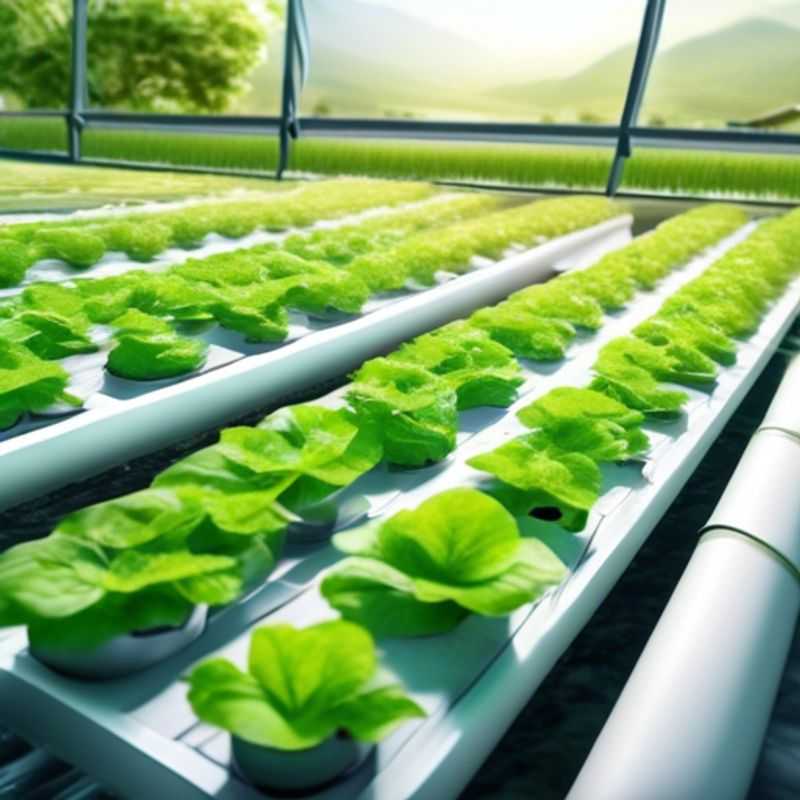
Mastering Hydroponics: Essential Know-How for Home Growers
Diving into hydroponic farming at home is an exciting adventure, a blend of science and green thumbs! But before you get swept away by the promise of fresh, homegrown produce, let's tackle some essential considerations to ensure a successful and rewarding journey.
First, understand the different types of hydroponic systems. From the simple and beginner-friendly wick system to the more sophisticated deep water culture (DWC) and aeroponic setups, each offers unique benefits and challenges.
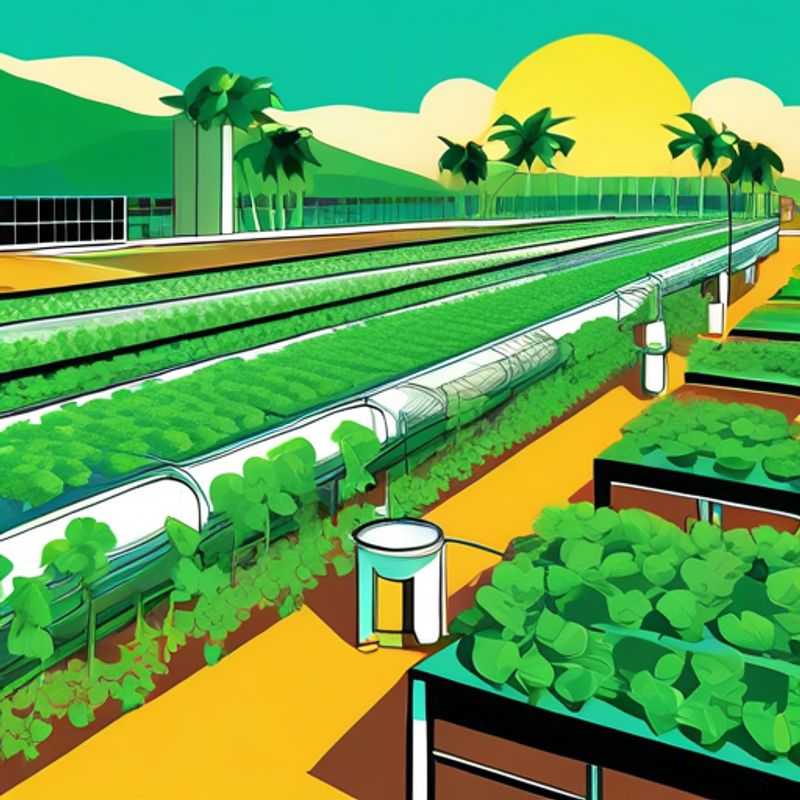
Hydroponic Systems: A Guide to Choosing the Right One for You
Hydroponics is a method of growing plants without soil, using nutrient-rich water solutions. It offers several advantages over traditional gardening, including increased yields, reduced water usage, and the ability to grow plants year-round.
There are several types of hydroponic systems, each with its own benefits and drawbacks. Here's a brief overview:
1. Deep Water Culture (DWC): In this system, plants are suspended in a nutrient-rich solution. It's relatively easy to set up and maintain, but can be susceptible to root rot if not properly managed. This system is affordable and suitable for beginners.
2. Nutrient Film Technique (NFT): NFT systems use a thin film of nutrient solution that continuously flows over the plant roots. They are efficient and offer good yields, but require a bit more technical expertise to set up and maintain. You can buy a basic NFT system for a few hundred dollars.
3. Ebb and Flow (Flood and Drain): This system involves periodically flooding the growing medium with nutrient solution and then draining it. It's a good option for beginners and can be easily scaled up. An ebb and flow system can be set up for as little as a few hundred dollars, depending on the size and complexity of the system.
4. Aeroponics: This system involves spraying plant roots with nutrient-rich mist. It's the most advanced hydroponic system, offering exceptional yields and growth rates. However, it requires a more complex setup and can be expensive to maintain. Aerponics equipment can be purchased from specialized hydroponics stores or online retailers. The cost can range from a few hundred dollars to several thousand dollars, depending on the size and features of the system.
5. Wick System: This simple and inexpensive system uses a wick to draw nutrient solution from a reservoir to the plants. It's a good choice for small-scale hydroponic gardening. You can start a wick system for under $100, including materials and plants.
Choosing the right hydroponic system depends on your individual needs and preferences. Consider factors such as your budget, space available, technical expertise, and the type of plants you want to grow. If you're unsure, it's a good idea to do some research and talk to other hydroponic gardeners.
Remember to always follow proper hydroponic practices, including maintaining the correct pH and nutrient levels, to ensure the health and success of your plants.
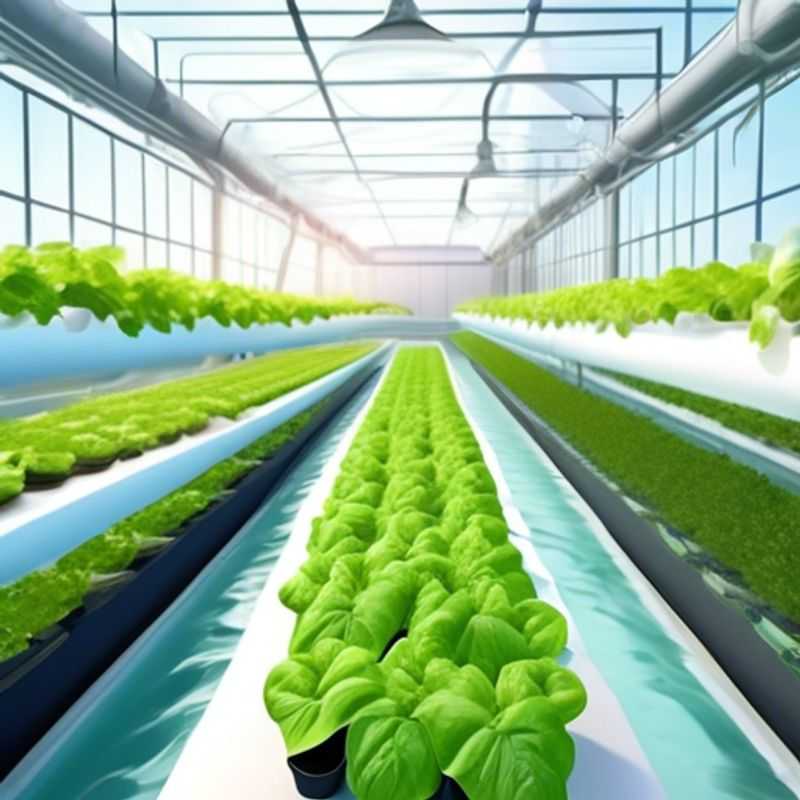
Hydroponic Gardening: Unveiling the Plants That Thrive in Water
Hydroponics is a method of growing plants without soil, using a nutrient-rich water solution. It offers several advantages, including increased yields, efficient water usage, and reduced pest problems. When researching plants for a hydroponic setup, consider their growth habits, nutrient requirements, and suitability for the system you have chosen.
Leafy greens like lettuce, spinach, and kale are popular hydroponic choices due to their rapid growth and high yields. They are generally easy to grow and require minimal space. Herbs such as basil, mint, and cilantro are also well-suited for hydroponic systems. They grow quickly and provide a continuous supply of fresh herbs.
Tomatoes are a staple in many hydroponic gardens. They can be grown vertically, maximizing space efficiency, and produce a significant harvest. Bell peppers and chilies are also good choices, offering a range of colors and flavors.
Root vegetables like carrots and radishes can be grown hydroponically, although they require a slightly different setup than leafy greens. Their root systems need more room to grow and may require a specific type of hydroponic system.
When researching specific plants, consider their growing seasons, light requirements, and temperature tolerance. Research the nutrient needs of each plant and adjust the nutrient solution accordingly. Monitoring the pH level of the water solution is crucial to ensure optimal plant growth.
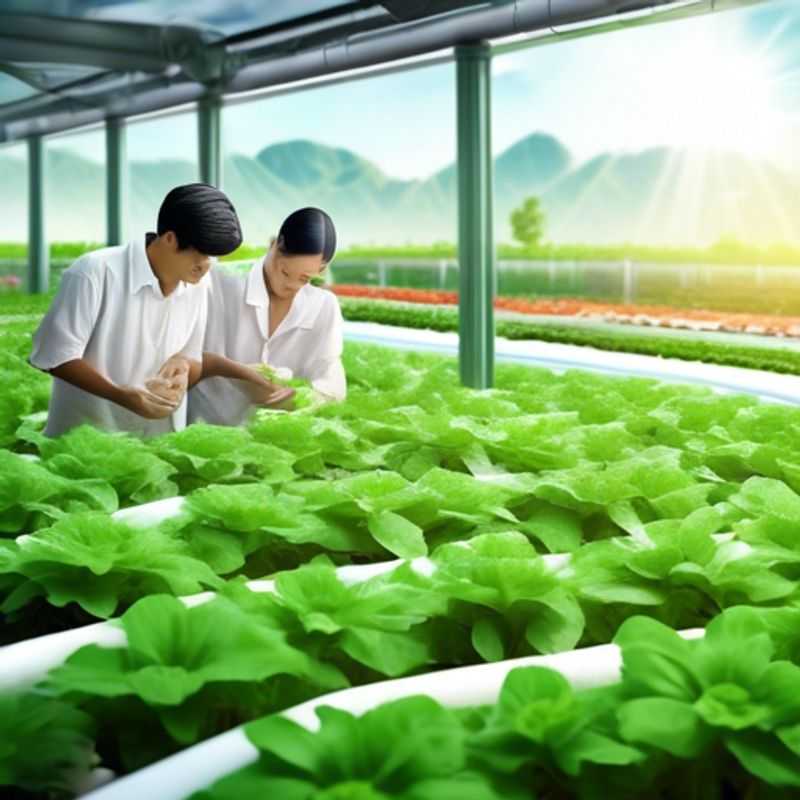
Gear Up for Growth: Essential Equipment for Your Indoor Garden
To ensure you have the necessary equipment for your hydroponic setup, you'll need to invest in a few key items. First, grow lights are essential for providing the artificial light plants need to thrive in an indoor environment. The choice of grow lights depends on your budget and the specific needs of your plants.
Next, a pump is crucial for circulating the nutrient solution around your system, ensuring that your plants receive a constant supply of water and nutrients. The size and type of pump you need will depend on the size and type of hydroponic system you're using.
Finally, nutrient solutions are specifically formulated to provide the necessary nutrients for your plants in a hydroponic setup. These solutions typically contain a blend of essential macro and micronutrients that are absorbed by the plants' roots.
Beyond these core components, you might also need to consider additional equipment like pH meters and EC meters to monitor the water quality in your system. Timers are also helpful for managing the light cycle and ensuring that your plants get the right amount of light exposure.
Remember, the cost of setting up a hydroponic system can vary depending on the size and complexity of your setup. Research different options to find the most suitable equipment for your budget and growing needs. Remember to factor in the cost of ongoing supplies such as nutrient solutions and any necessary replacements for your equipment.
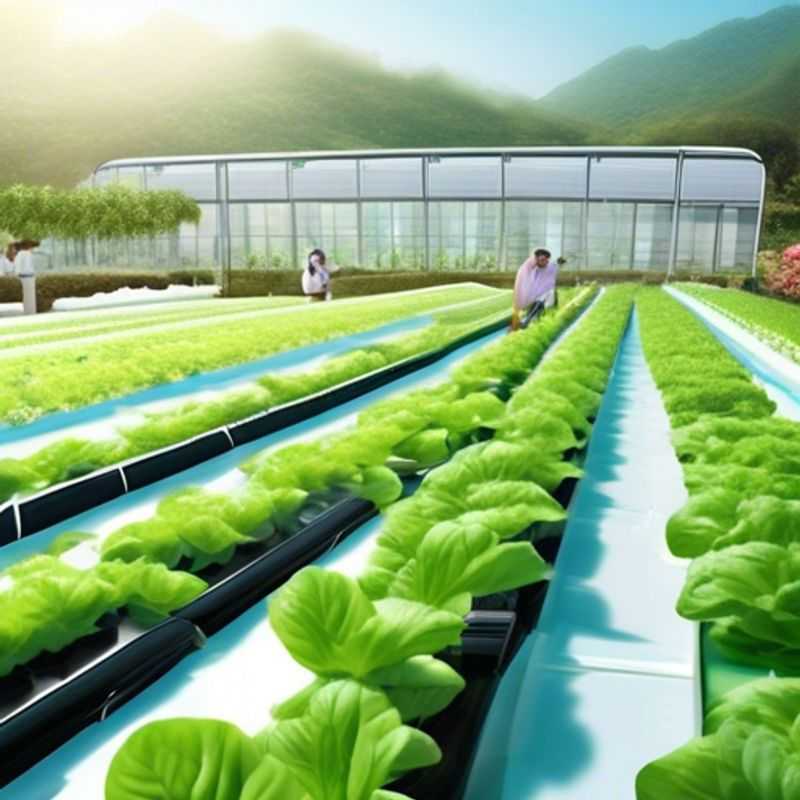
Unlocking Plant Potential: Optimal pH and Nutrient Requirements
Knowing the optimal pH levels and nutrient requirements for your chosen plants is crucial for healthy growth. Soil pH is a measure of its acidity or alkalinity, with a scale ranging from 0 to 14. Most plants thrive in a slightly acidic to neutral pH range of 6.0 to 7.0, but specific requirements vary.
Essential nutrients for plants include macronutrients (nitrogen, phosphorus, and potassium) and micronutrients (calcium, magnesium, sulfur, iron, manganese, zinc, copper, boron, molybdenum, and chlorine). These nutrients are absorbed by plants through their roots.
Testing your soil is essential to determine its pH level and nutrient content. Soil testing kits are widely available, and some garden centers or universities offer soil testing services.
To adjust the pH level, you can use liming materials (calcium carbonate) to increase pH or sulfur to decrease pH. Organic amendments, such as compost and manure, can also help improve soil structure and nutrient content.
Fertilizers are used to supplement the soil with essential nutrients. Choose fertilizers specific to your plant's needs and apply them according to the manufacturer's instructions. Over-fertilizing can harm your plants, so it's important to use fertilizers sparingly.
By understanding your plants' pH and nutrient requirements, you can provide the best possible growing conditions for healthy and thriving plants.
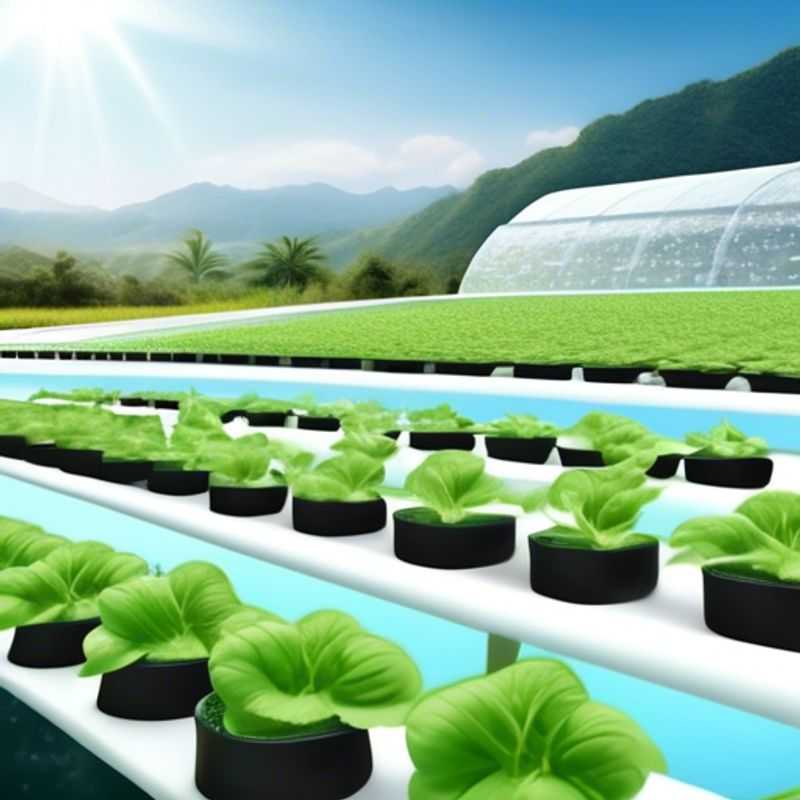
Cultivating Success: Monitoring and Adjusting for Optimal Growth
Monitoring and adjusting your system regularly is crucial for maintaining optimal growing conditions. This is because environmental factors can fluctuate, impacting your plants' growth. Regularly monitoring allows you to identify potential issues early on and take corrective actions. This proactive approach helps ensure your system remains efficient and productive, leading to healthier plants and higher yields.
Here are key aspects to monitor regularly:
Temperature: Temperature variations directly impact plant growth and development. Ensure your system maintains a consistent temperature range suitable for your specific crops. Use sensors to track temperature fluctuations and adjust your system accordingly.
Humidity: Humidity levels directly influence plant transpiration and growth. Monitor relative humidity levels and adjust your system to maintain optimal humidity ranges. For example, consider using humidifiers or dehumidifiers to regulate moisture levels.
Light: Proper lighting is crucial for plant photosynthesis. Monitor light intensity, duration, and spectrum using light meters. Adjust your lighting system to provide adequate light for your plants' growth stage.
Nutrient levels: Nutrient deficiencies can hinder plant growth. Regularly monitor nutrient levels in your growing medium using nutrient meters or laboratory testing. Adjust nutrient solutions or supplements as needed to maintain optimal nutrient availability.
pH levels: Soil or water pH affects nutrient uptake. Monitor pH levels and adjust them within the recommended range for your plants.
Water quality: Clean and balanced water is essential for plant health. Regularly monitor water quality for contaminants, such as chlorine or heavy metals, and adjust your watering system to ensure water quality remains optimal.
By taking these proactive steps, you can ensure your growing system operates efficiently and provides the best possible environment for your plants to thrive.
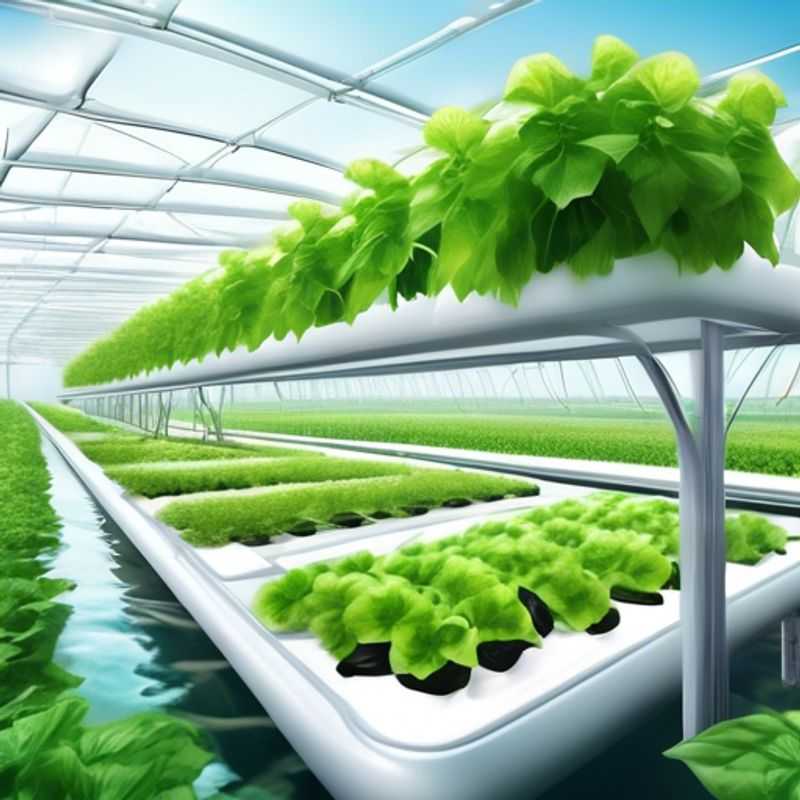
Hydroponic Setup: Planning Your Green Oasis
Before embarking on your hydroponic journey, consider the space requirements for your setup. Think about the size and type of plants you wish to cultivate and how much space they will need to thrive. Measure your available space carefully, taking into account the height, width, and depth required for your hydroponic system.
Plan the layout strategically, ensuring efficient use of your available space. Consider the placement of your hydroponic system in relation to light sources, water supply, and drainage. Aim for a layout that allows for easy access to your plants and facilitates optimal growth conditions.
Choose appropriate equipment based on the size and type of your hydroponic setup. Consider factors such as the size and type of grow lights, the capacity of the water reservoir, and the space required for pumps and other components. Research different hydroponic systems and their space requirements to find the best fit for your available space and desired plants.
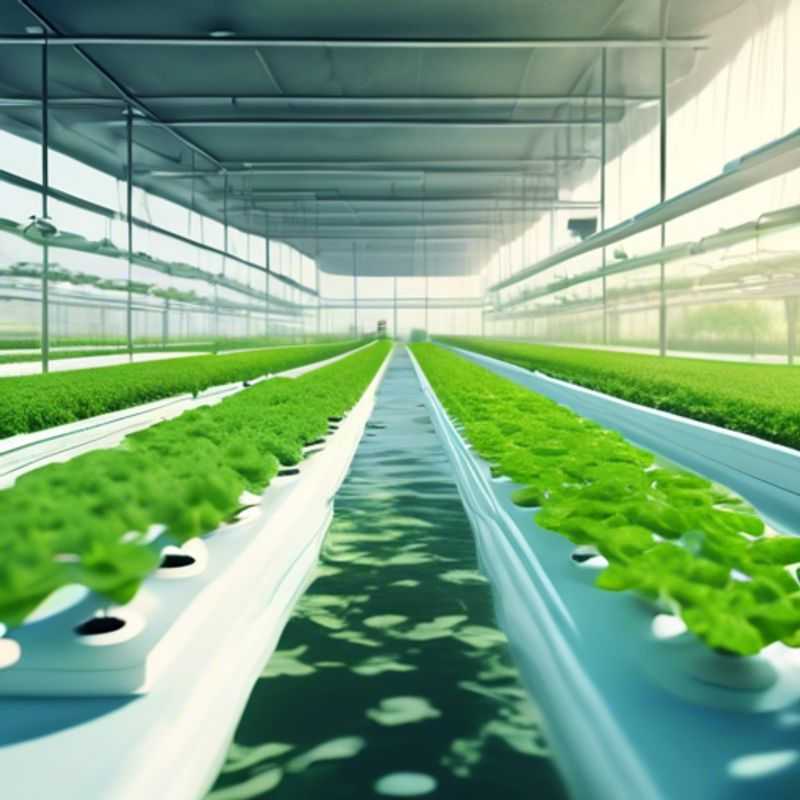
Keeping Your Hydroponic Garden Thriving: A Guide to Maintenance and Cleaning Routines
Hydroponic systems require regular maintenance and cleaning to ensure optimal plant growth and prevent the build-up of harmful organisms. A clean system promotes better nutrient absorption, reduces the risk of root rot, and prevents algae growth.
Regular tasks include checking the water level, pH, and nutrient levels. Adjusting the pH levels to the ideal range for your plants is crucial. Weekly tasks involve cleaning the reservoir, filter, and pump with a mild solution of vinegar or bleach. Monthly tasks might include a more thorough cleaning of the entire system, removing any debris or buildup.
Consider these additional factors: Inspecting the system for leaks and wear and tear, as well as the growth of algae and other contaminants. Regularly replenish the nutrient solution, ensuring the optimal concentration for your plants. Monitor the plants for signs of stress, disease, or pest infestations.
Proper maintenance is vital for ensuring the longevity of your hydroponic system and the health of your plants. While regular cleaning might seem like a chore, it's a small investment for a healthy and productive system.
